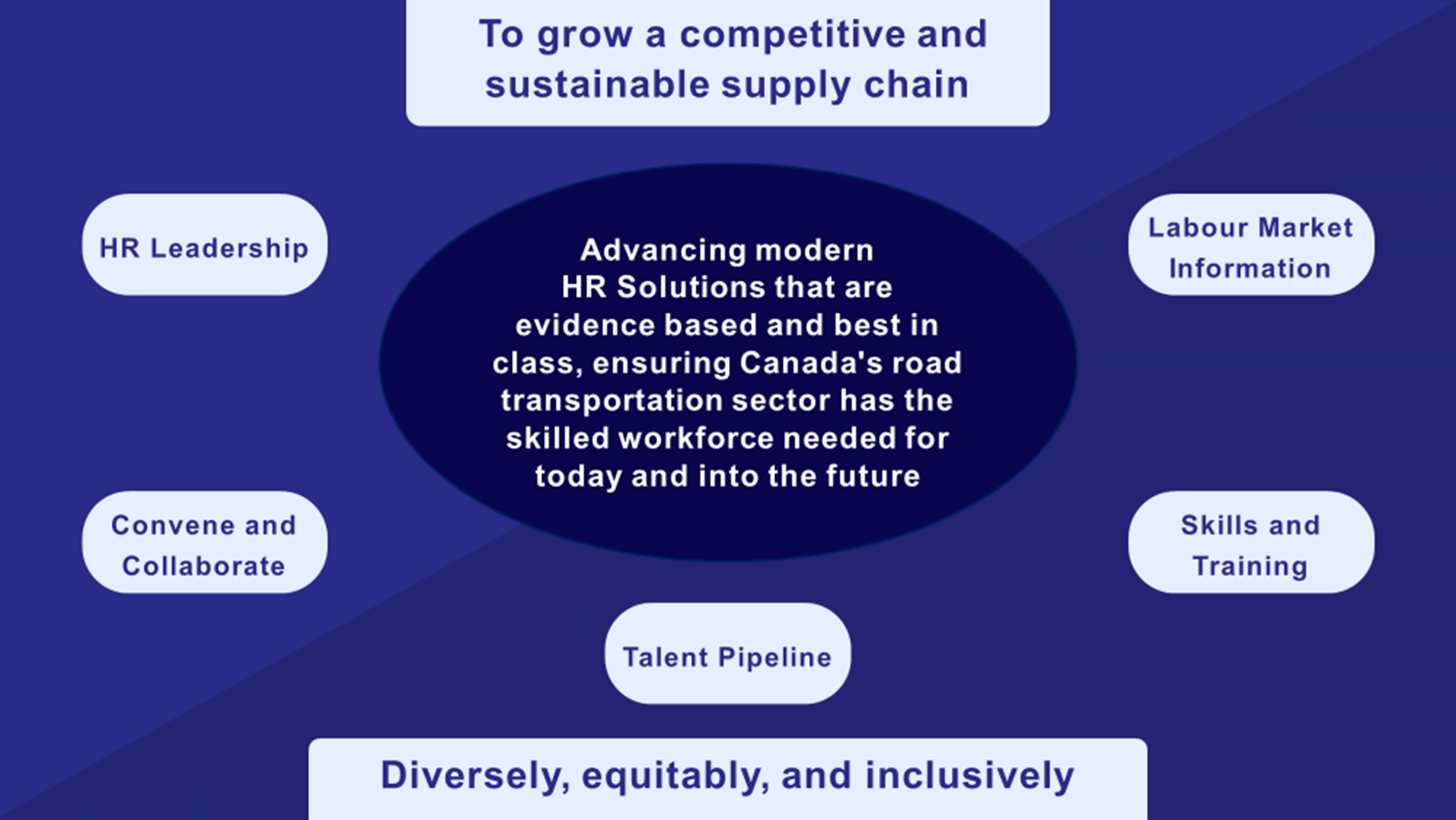We’ve been sharing news recently about the updated National Occupation Standard (NOS) for commercial transport truck operators which was released in the spring. This important work also includes a suite of tools developed to support employers and others with their occupational level training (OLT), commonly referred to as finishing training or onboarding.
The content in the suite of 16 key resources is informed by the NOS — the leading document created by industry for industry. The NOS identifies the competencies that are needed in most workplaces and typically acquired by operators in the first six to 24 months of employment, so the tools support the industry as they train drivers, as well as trainers, coaches, mentors, and assessors.
The resources and tools are designed to bridge the gap between entry-level level training and employment readiness. They help trainers, coaches, mentors, and assessors meet the training needs of their workplace and also help in developing materials to meet the specific needs of the employer, industry, and commodities involved.
The content from the NOS has been divided into two sections: knowledge and practical. One document outlines what a driver needs to know, while the other has what a driver needs to be able to do by the end of an occupational level training program.
The resources also include:
- Guides for designing and reviewing OLT that meet the unique needs of employers in our industry.
- A knowledge exam bank and practical driving assessment in customizable templates for use throughout OLT to assess knowledge and performance.
- Tools to build the capacity of instructors, coaches, and mentors to support driver training.
- Training guides with a standard approach to instructing tractor-trailer inspection, tractor-trailer coupling and uncoupling, tractor-trailer backing, and on-road driving that include tasks required for instructing learners and help for the instructor to identify correct performance and possible errors.
- NOS Supplements with additional occupational competencies needed to successfully operate commercial vehicles on steep inclines or while operating flatbed vehicles.
Developing these tools and making them available is part of Trucking HR Canada’s work to support improved training for all size fleets and drivers on their training journey. A consistent approach will help reduce costs for driver training for all and improve driver recruitment and retention, making our industry more attractive for career seekers across the county.
You can find all the resources as free downloads in English and French here.

 The last three years have proven the need for a skilled, engaged, and productive trucking and logistics workforce, and 2024 will be no different. From drivers to warehouse workers, office workers, and more, the close to 800,000 people our sector employs are essential to Canada’s supply chains.
The last three years have proven the need for a skilled, engaged, and productive trucking and logistics workforce, and 2024 will be no different. From drivers to warehouse workers, office workers, and more, the close to 800,000 people our sector employs are essential to Canada’s supply chains.